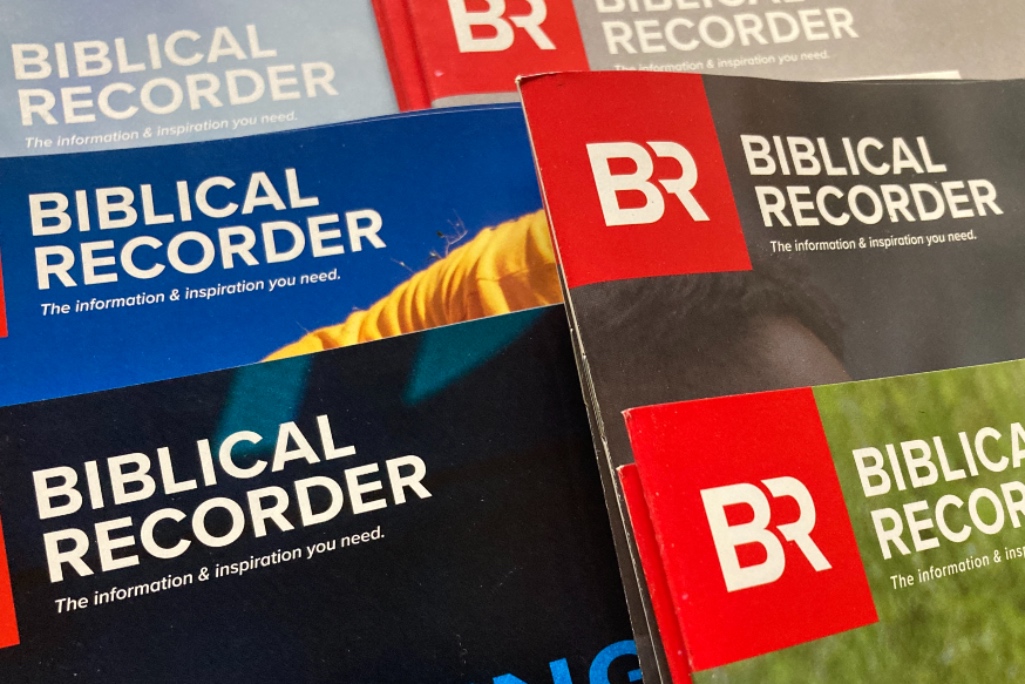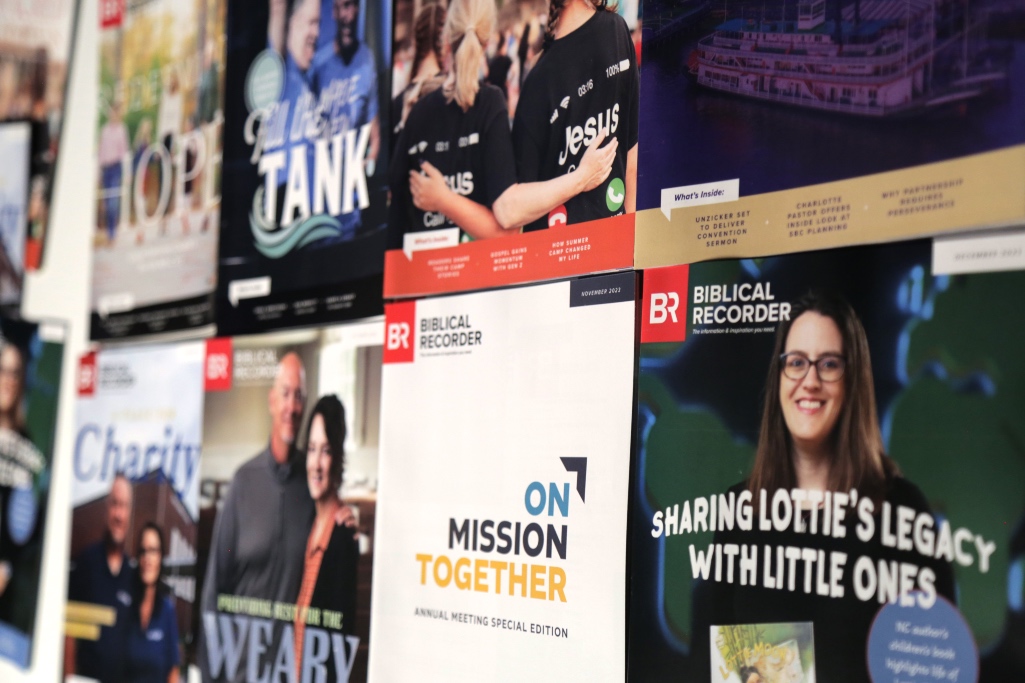What is the most effective way to support missionaries? Is it the method often called “faith-based support” of individual missionaries, or is it the Southern Baptist way of support through the Cooperative Program (CP) and special offerings like the Lottie Moon Christmas Offering for International Missions (LMCO) and the Annie Armstrong Easter Offering for North American Missions?
To be fair, there are strengths in each method, and there are weaknesses. I strongly favor the cooperative way of giving, but I believe we can improve the way it works, beginning with the local church.
Prior to launching CP as the primary, unified plan of mission support in 1925, organizations and individuals appealed directly to Baptist churches to raise support for their cause. The CP page on the Southern Baptist Convention’s (SBC) website, SBC.net/CP, identifies the problems churches and ministries had with the direct-appeal method, or the “societal approach to missions.” It resulted in “severe financial deficits, competition among entities, overlapping pledge campaigns, and frequent emergency appeals which greatly hampered the expanding ministry opportunities God was giving Southern Baptists,” the site explains.
In response to some recent editorials I wrote about CP, a faithful reader of the Biblical Recorder raised some legitimate questions through email correspondence with me. He offered some good insight about CP that warrants further discussion.
The reader wishes to remain anonymous, but I will describe him. George (not his real name) has a 39-year background as a member of Baptist churches, and joined a Southern Baptist church more than four years ago. He and his wife recently retired from decades of international missions through independent mission agencies. The couple continues to be involved in overseas mission trips through their church and other partners.
George is now active in a N.C. Baptist church that has a strong record of CP giving. His church shows videos and distributes information to the membership regularly that explains the broad mission and ministry support of CP. In very complimentary terms, he described his pastor as one who supports CP and consistently educates the congregation on its value to kingdom ministry.
He described his church as “an awesome mission-minded church,” that takes teams to a specific country where they are “engaged with a specific people group and specific missionaries on a long-term basis.”
The tone of his email was clearly not negative or caustic. He wants CP to become more effective. So he offered some thoughts for consideration.
George said, “Your article was very informative, especially as to how well the [Baptist State Convention of North Carolina] is doing in its many and varied ministries. I don’t want to devalue the CP or even sound negative, but … despite the many advantages that have been mentioned about the CP’s financing approach for missionaries, I believe it lacks one important ingredient.
“Since my personal experience as a church member has been mostly in non-SBC churches, the biggest difference I ‘feel’ is the lack of church members’ personal relationship with individual missionaries.”
If missions is going to be the heartbeat of a local church, George believes the church members should finance individual missionaries. He adds, “If you … visit churches that do faith missions well, you [will] see the energy expressed as individual missionaries … give personal reports and reconnect with the people that support them in that church.” When there is a strain on the church budget and cuts are considered, church members attach names and faces to the dollars under consideration and are reluctant to reduce mission support of people they know.
Since every Baptist church is autonomous, each has the right to organize missions as they deem most appropriate. “The SBC has been very successful with missions for a very long time,” he added. “My wife and I have experienced its fruit on the foreign mission field while serving with other organizations.”
George proposes that international missionaries provide more “personal stories, relationships and testimonies with the local churches [as] a continuing way to have missions be on members’ hearts all the time.”
He also suggests Southern Baptists should “… consider replacing percentages and ratios with missionary faces when talking about increasing or supporting missions. I believe this would add a new enthusiasm for church members as we face these challenging times. I am suggesting this change for the IMB not the state CP. I agree totally in the partnership and structure of supporting statewide ministries.”
There is a natural connection to state and local ministries because they can be easily seen, felt and understood, he said. In other words, the people and ministries in the state are close enough to be personal. For example, we are locally involved in disaster relief, church planting, church revitalization and the work of organizations like the Baptist Children’s Homes. So, we relate to this work and respond quickly when needs are known.
But international missions is another story, George said. The distance can disconnect churches from missionaries. “That is why I think replacing percentages/ratios with faces will enhance personal understanding and involvement. We don’t have an easy way to build relationships with missionaries … Churches give and pray for the CP, but don’t have a way to connect individual missionaries with that giving and praying.”
Is George right? Is there adequate, ongoing conversation or communication with our missionaries? If not, what needs to change?
This is not the first time this conversation has been on the table. I invite our readers to reactivate this discussion. What is your opinion on the effectiveness of the CP strategy? More important, how can CP and special mission offerings be more effective in reaching those who do not know Christ?
From my experience, churches that send out their own members to international missions have a much higher rate of support for CP and LMCO. Church members know the missionaries personally, they communicate regularly and are more involved with each other. So, George’s point is “well taken.” But most Southern Baptist churches do not have one of their own on the international mission field.
It is important to know that most international missionaries deeply desire personal involvement with stateside churches. Missionaries that I know are men and women who really want to have quality relationships with churches and the people in them. They are thankful that they do not have to expend their energies in return visits to the states to raise support. But they do not wish to be disconnected from people who support them.
So, let’s talk about it. What can we do to increase support for CP and LMCO? What is your church doing?
LMCO, Advent
Sun., Nov. 29 is a big day in at least two ways. First, it is the beginning of the week of prayer for the Lottie Moon Christmas Offering for International Missions (LMCO). Pray! Ask God what amount He wants you to give to this year’s very important offering. Second, it the first day of Advent – a time of personal preparation and worship in celebration of the first coming of Christ. Learn how your family can use Advent as a time of praying for missionaries and seeking God’s direction for your family’s gift to LMCO. Visit BRnow.org/advent.


